
MPB Meets: Environmental Photographer Michael Schauer
Published January 31, 2022 by MPB
Environmental photographer Michael Schauer, who uses Nikon DSLRs and DJI drones, specialises in creating imagery featuring oceans and waterscapes. In this interview with MPB, he talks about climate change and discusses his background, camera gear and advice for beginners.
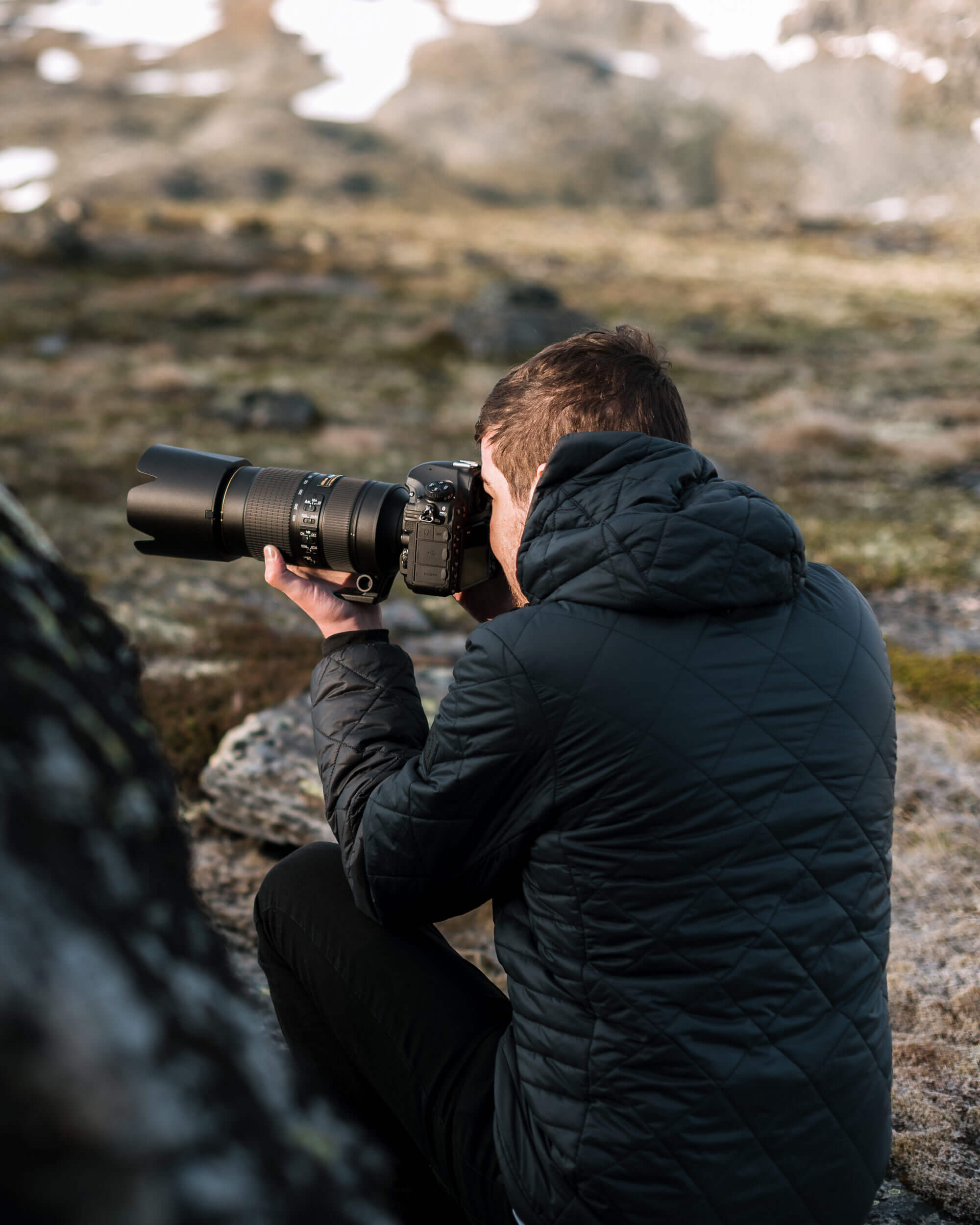
MPB: How did you get into photography and the specific genre of ocean photography?
MS: I only started taking pictures in 2014 when I was looking for a new creative expression after my band at the time broke up. I have always been interested in photography, especially nature and landscape photography, so I started taking pictures with my mobile phone and shortly afterwards with my first DSLR, a Nikon D5300. Water has always been one of the things that fascinated me—there are endless possibilities and scenes when photographing water. I like to describe my work as ‘water in different physical states’.
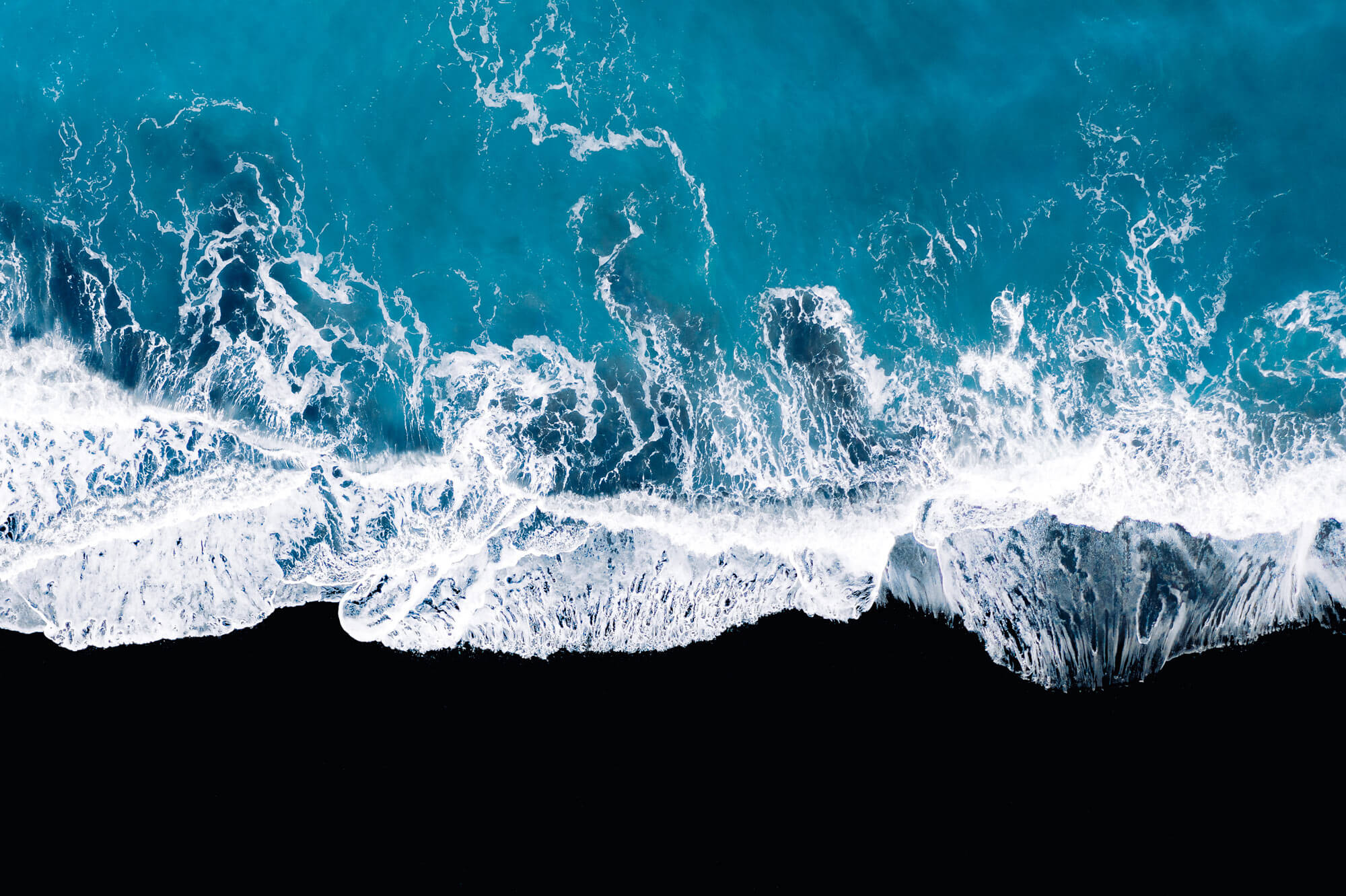
MPB: Why do you choose to use a drone to take pictures?
MS: Photographing with a drone allows me to take abstract pictures and create a new relationship with the landscape through the changed perspective—the bird's eye view. When you see the world from above, you pay attention to other elements in the composition. You think less in terms of scenes and more in terms of a flow of forms.
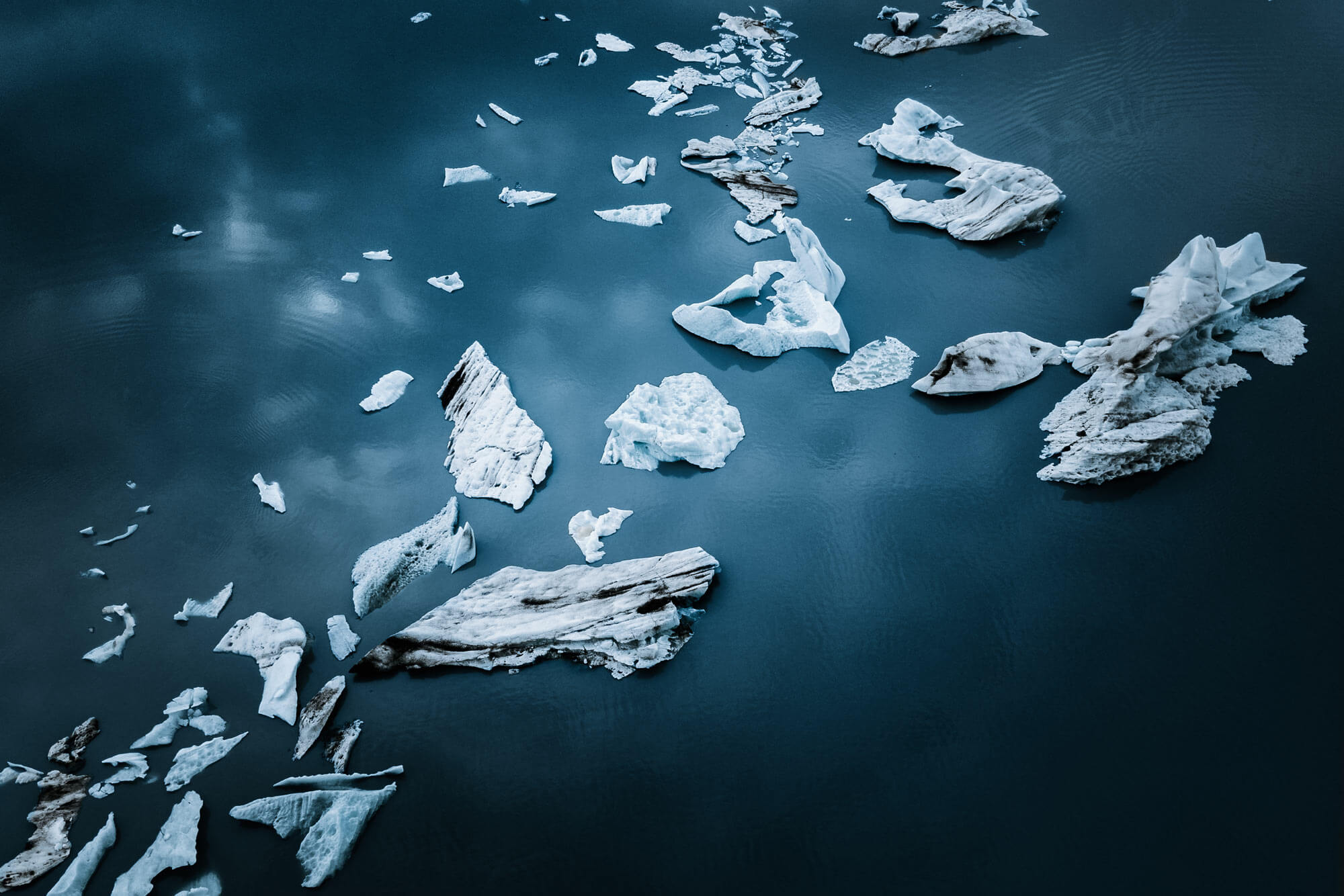
MPB: Do you take your pictures more for yourself or for print and exhibition?
MS: Primarily I take pictures for myself and as a means of self-expression, but I am very lucky that my pictures find a certain outlet. For example, I have licensed a series to the Harvard Business Review and my images have been exhibited all over the world.
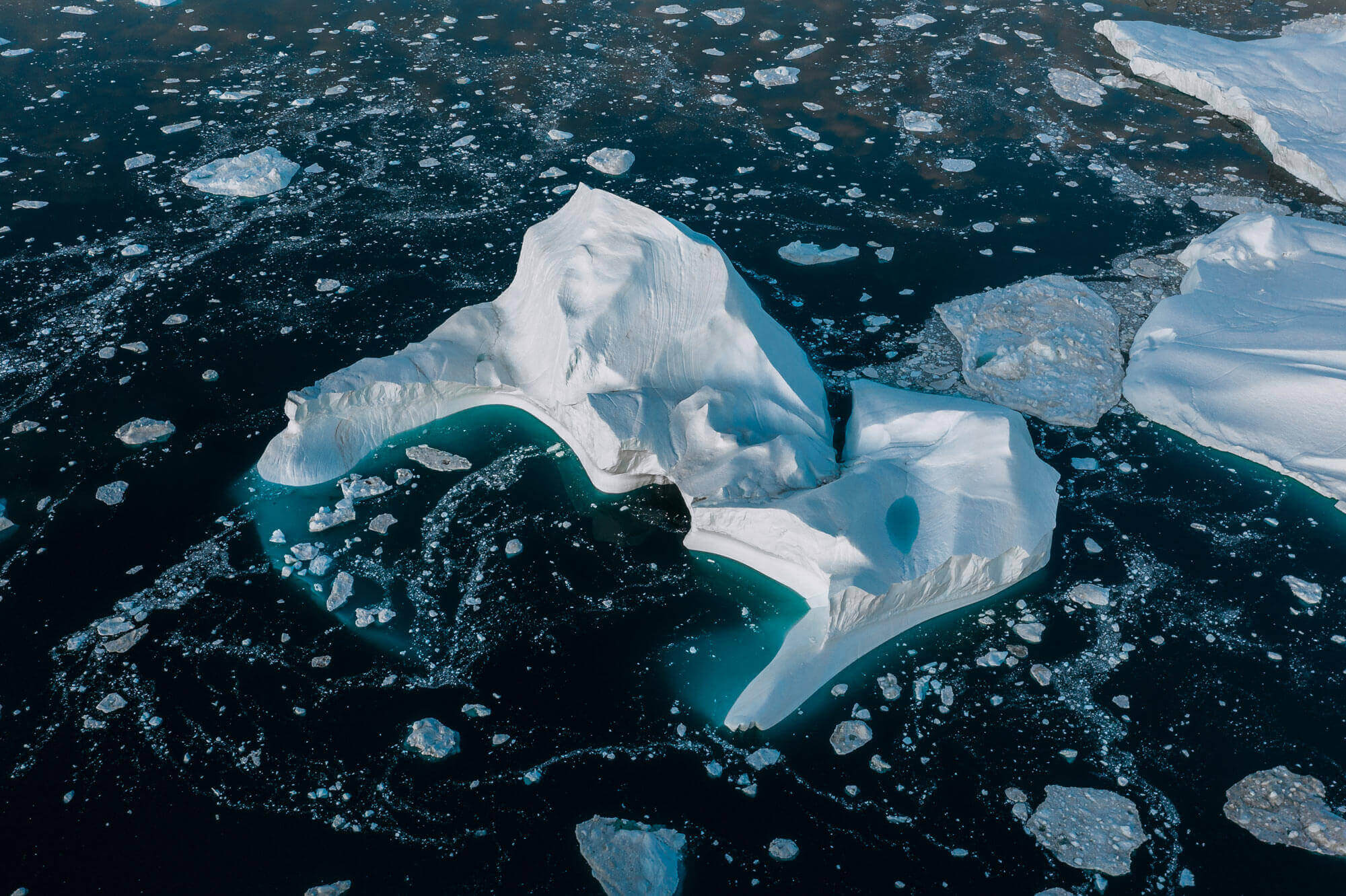
MPB: What kind of equipment do you use, and why?
MS: I am currently using a Nikon D850 in combination with a Nikon AF-S 80-400mm f/4.5-5.6G ED VR and a Nikon Nikkor Z 24-70mm f/2.8 S lens. The former, in particular, offers many creative possibilities without the need to constantly dig a new lens out of my backpack. The camera with its 45.7 megapixels and high dynamic range allows me to get the best out of the pictures in editing. For aerial shots, I use the DJI Mavic 2 Pro.
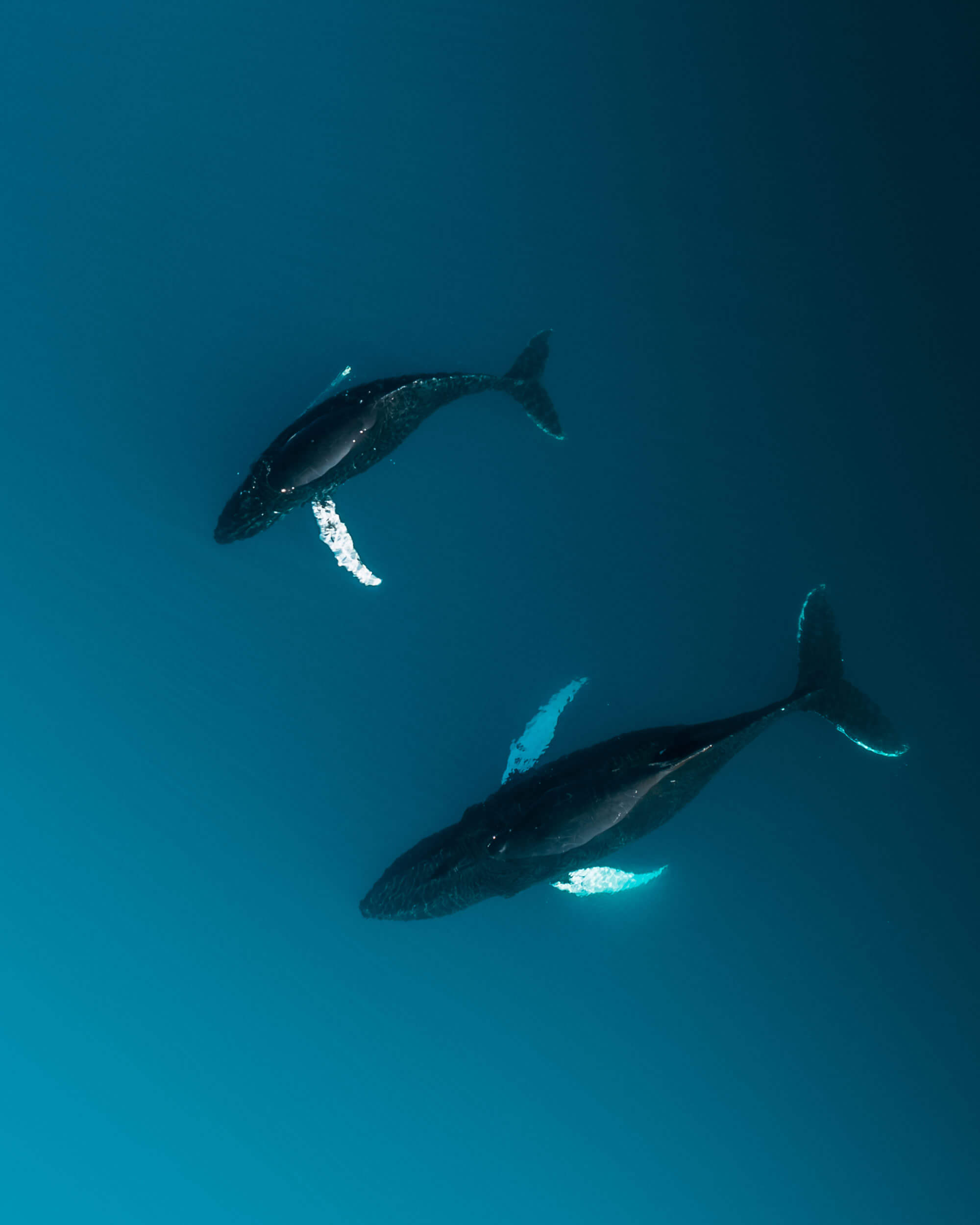
MPB: How do you plan your trips?
MS: Most of the time, I stumble across a picture of a spot I like and then I look for that place and other spots nearby. That's how I plan my routes. I usually don't stay in the same place for long, unless there are so many options that it's justified. My trips are mostly road trips, meaning I move around frequently and drive from one location to the next. However, in the future, I would also like to travel a little slower so that I can concentrate on a few selected spots and exploit all the creative possibilities.
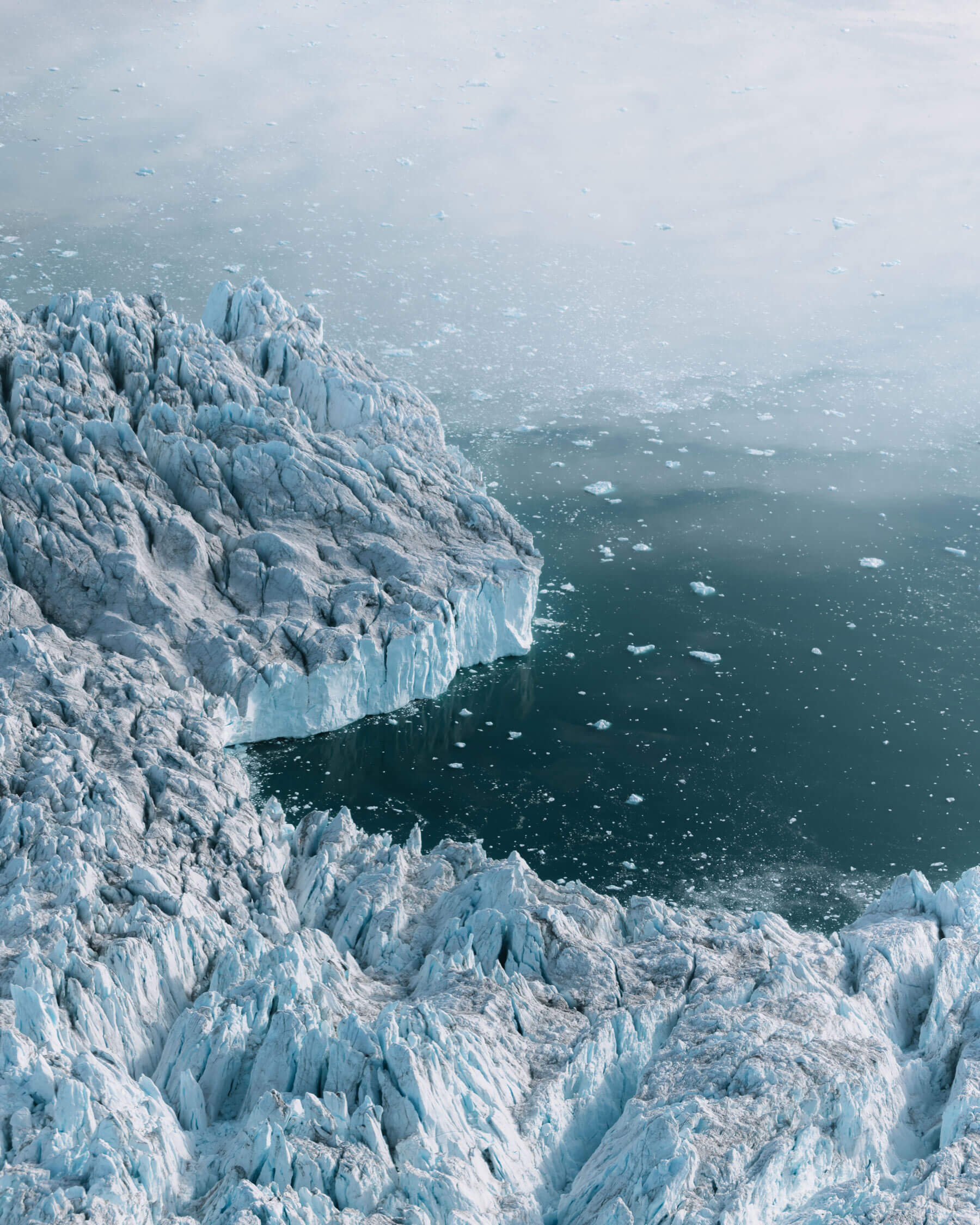
MPB: Is there a place you would like to go to photograph again?
MS: Iceland and Disko Bay in Greenland are places of endless inspiration for me.
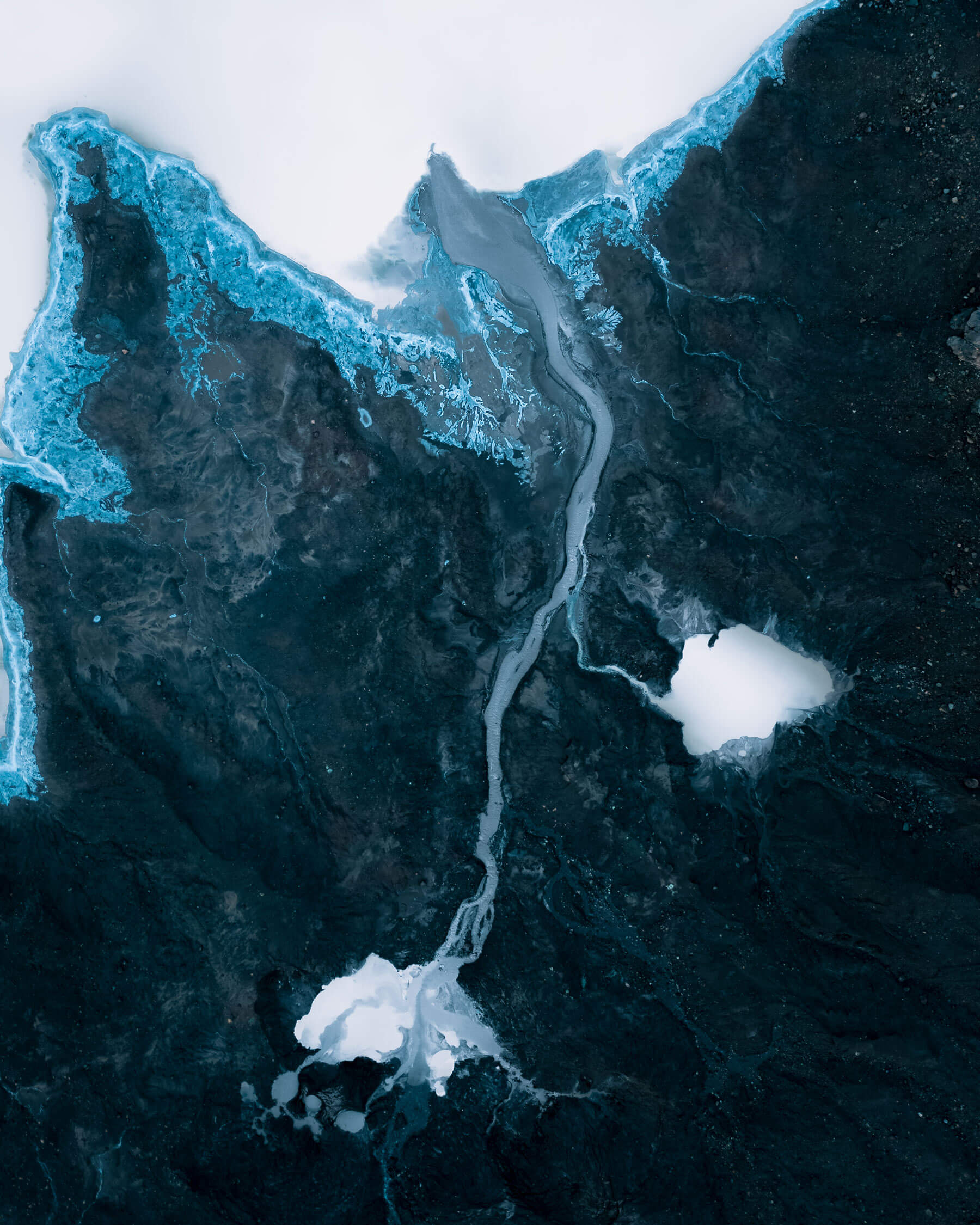
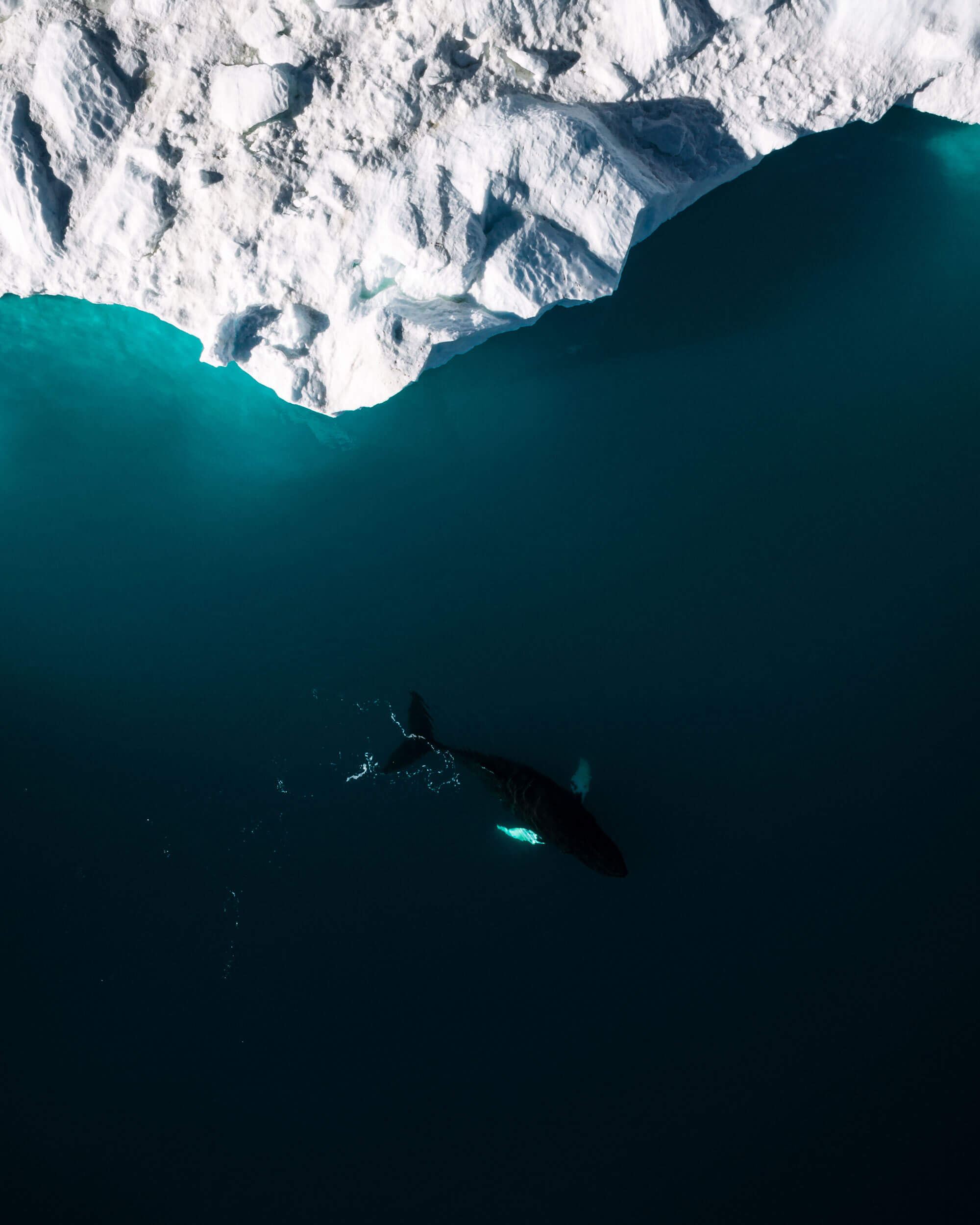
MPB: Do you think that photographing the glaciers and the ocean has an impact on people's awareness of climate change?
MS: I hope so, at least. Photography is one of the most powerful tools we have to document the climate crisis and raise awareness. If my pictures of glaciers, which have to be shielded from the sun to prevent melting, trigger something in people, then I am happy.
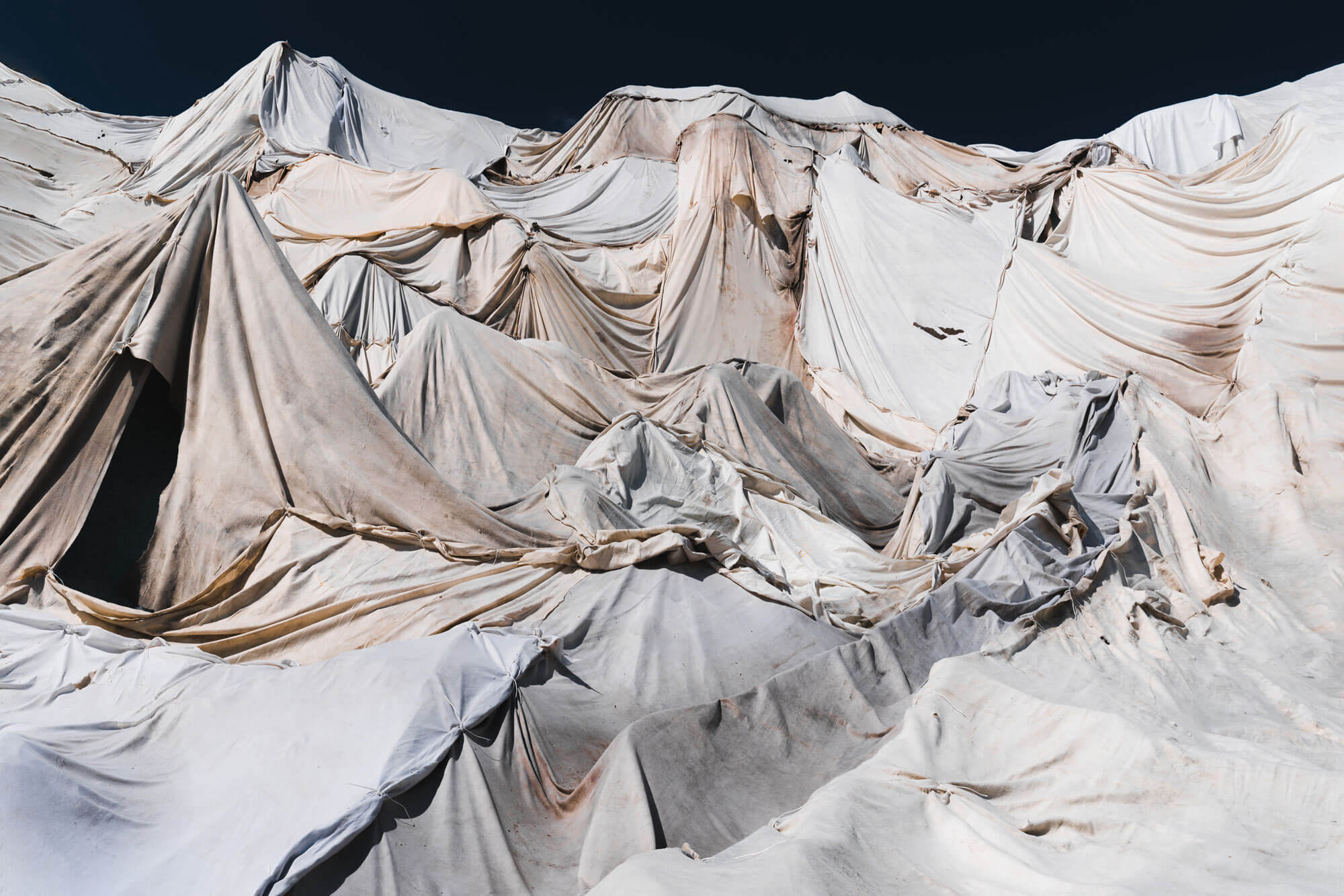
MPB: Do you have a favourite picture that you would like to show us? If so, which one and why?
MS: To me, the picture from an ice cave in Switzerland is my best picture. The lines and contrasts create a flow that emerges from the centre of the image and the reflections of the light from the crevice in the centre almost dance on the ice.
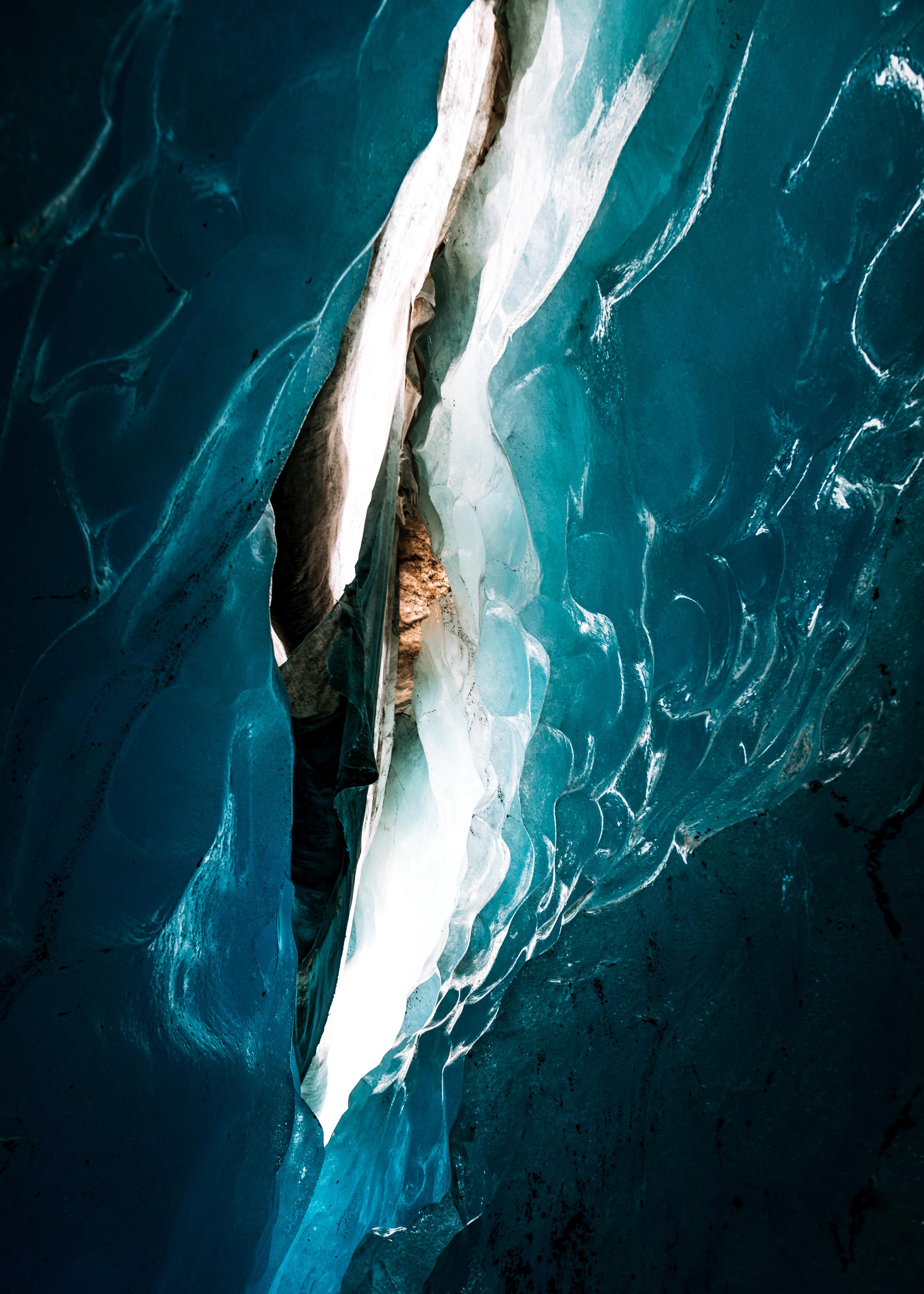
MPB: Can you identify with the mood of your pictures? They are very calm and emotional.
MS: Photography, and especially editing, is a kind of meditation for me. I can lose myself in an image for hours to create something that makes me happy. In the process, I'm sure some of my personality or aesthetic ideas flow into the finished image. So yes, my pictures are also something very personal.
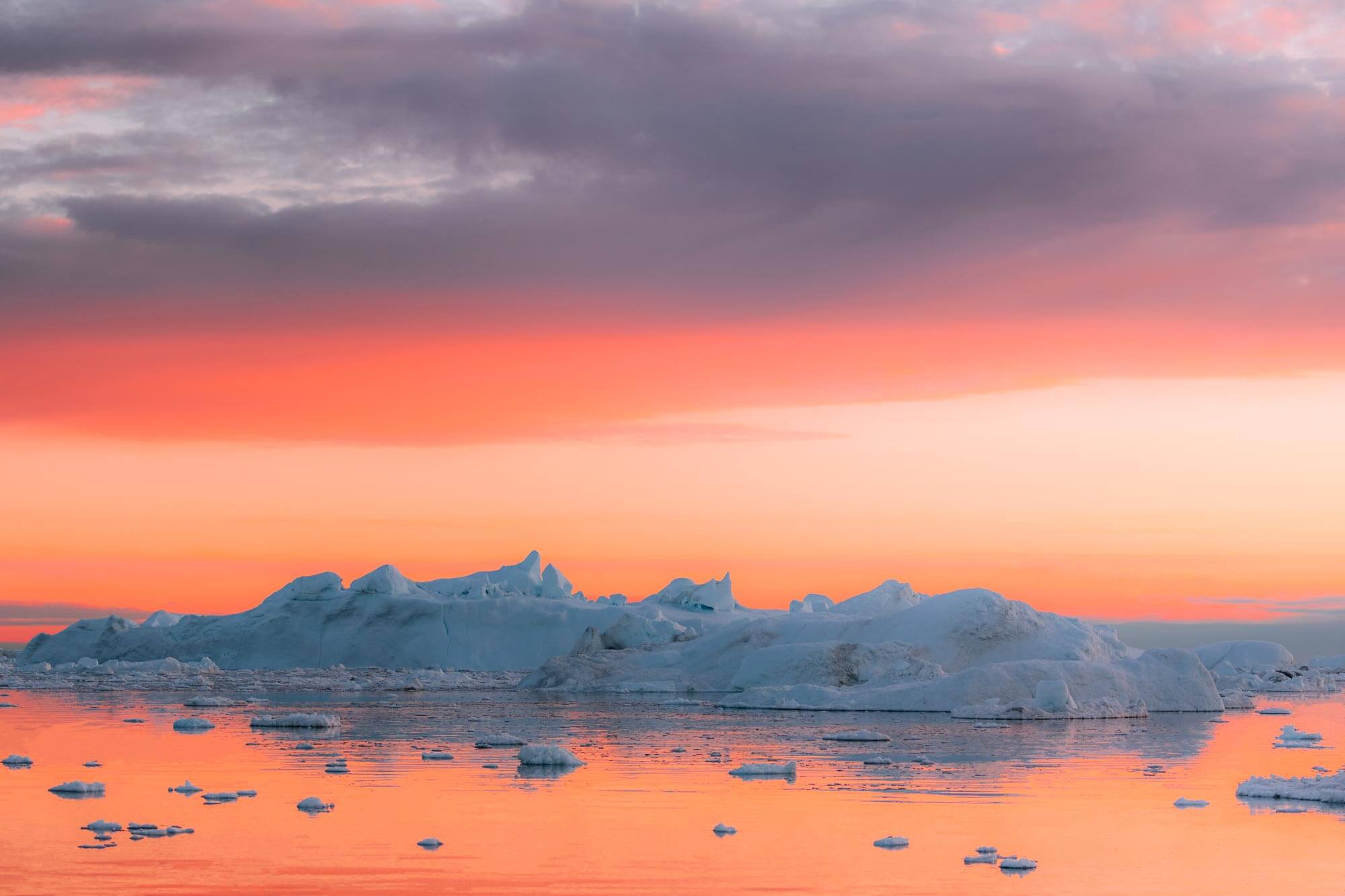
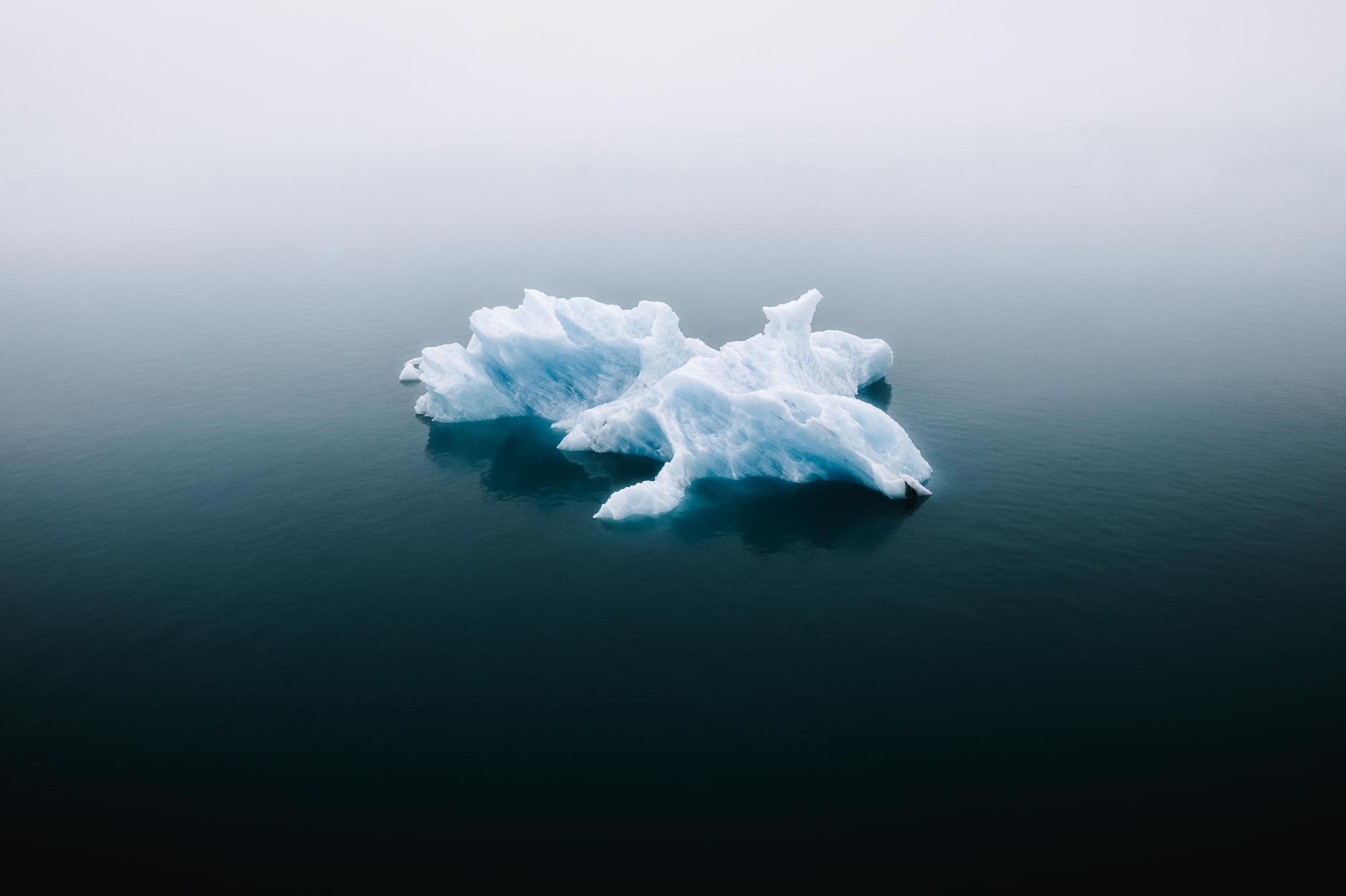
MPB: Do you have any tips for beginners in ocean photography? What is particularly important?
MS: I think you can actually take good pictures of the ocean with any camera-lens combination. It just depends on what you want to photograph. If you want to photograph waves from the coast, I would recommend a lens that has a little more telephoto capability to make the waves appear even bigger through a nice compression. If you want to capture the vastness and tranquillity of the sea, you can of course shoot with slightly wider-angle lenses. To get crisp moving water, use a fast shutter speed. But, if you have a tripod, you can use longer exposures to capture interesting and surreal movements in the waves. The most important thing is to understand that the water is always moving and it is best to ‘go with the flow' as well.
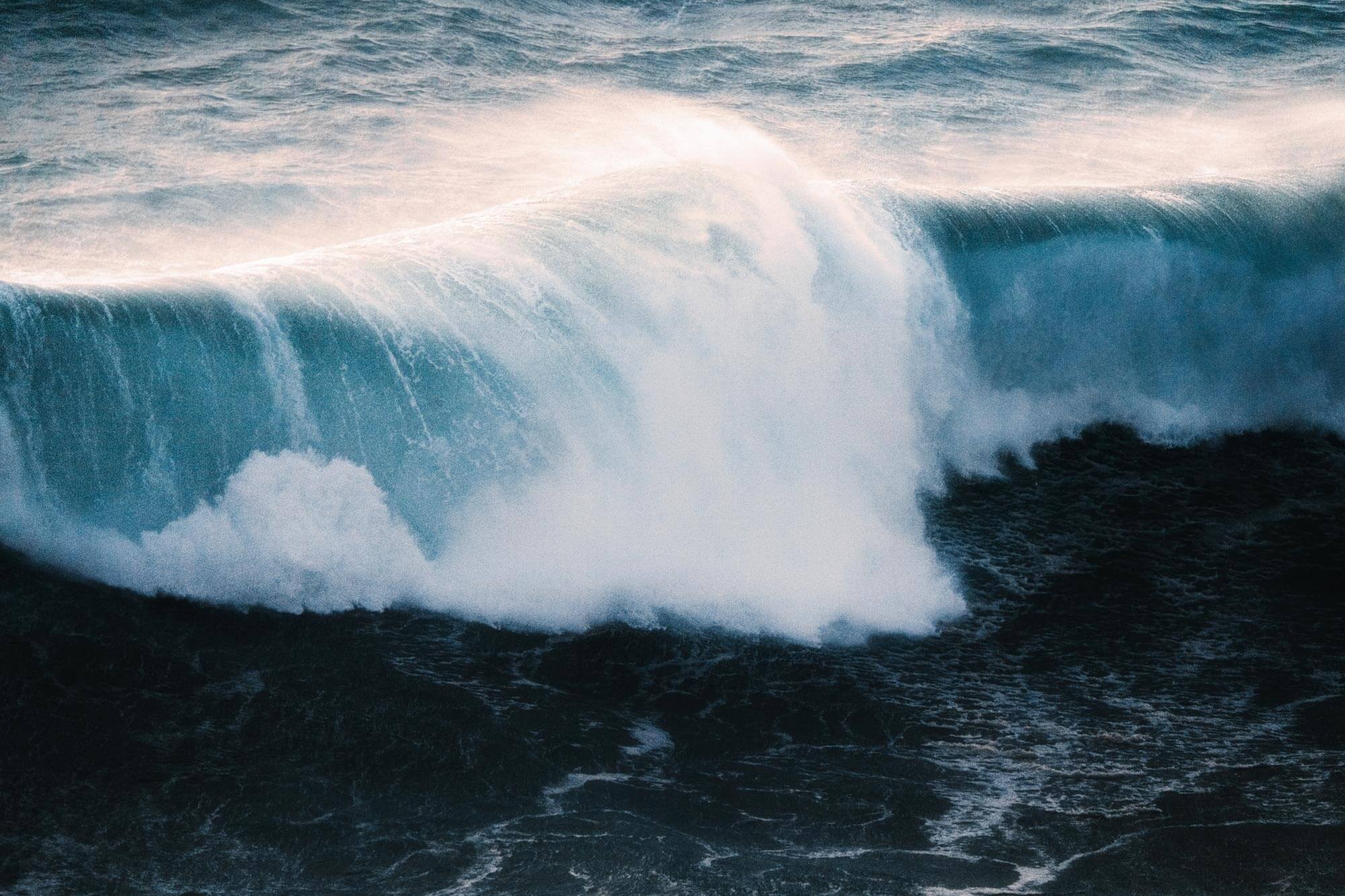
MPB: What are your plans for the future? Do you have a specific project you're working on?
MS: I will definitely photograph waves and deserts in Tenerife. I also find the south coast of England very exciting. And, of course, I'll try to get back to Iceland as soon as possible.
As for projects, I'm getting more and more into animations from GANs [generative adversarial network]—neural networks that think up animations for themselves. So I feed my wave images into one such network and have since been intrigued by the results. I find this intersection between technology and human input very exciting.
Read more inspiring interviews on the MPB Content Hub.
You can sell or trade your camera gear to MPB. Get a free instant quote, get free insured shipping to MPB and get paid within days.